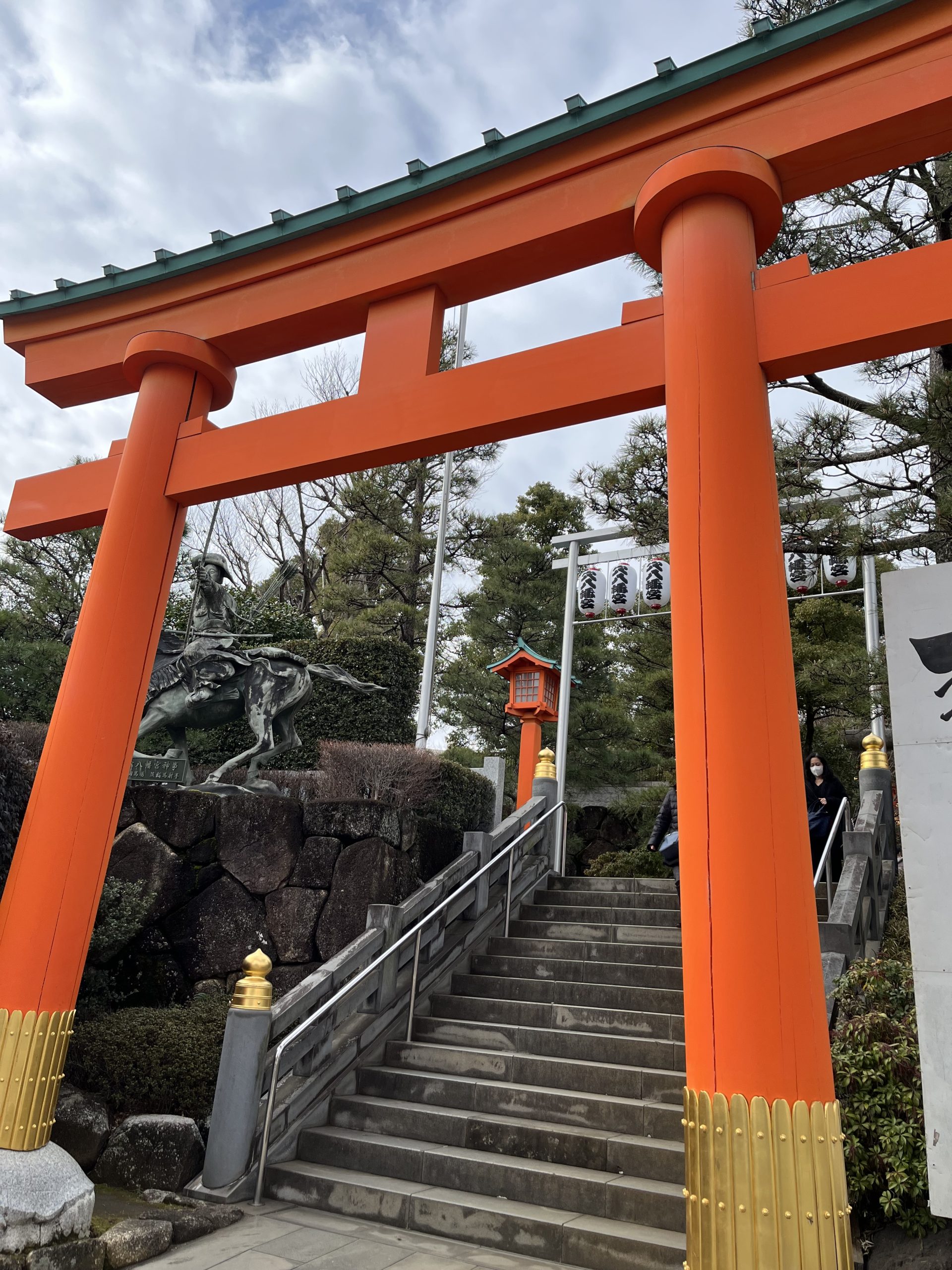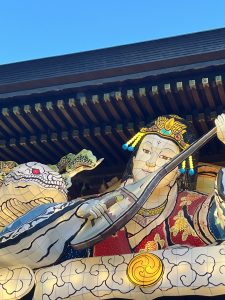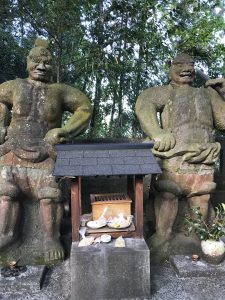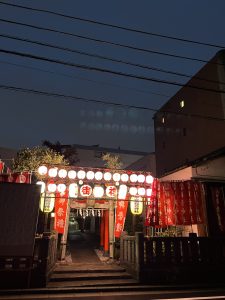When visiting a Shinto shrine in Japan, one of the first things you’ll notice is a structure called a *torii* — a kind of gateway that reaches upward toward the sky. Striking and symbolic, this red gate marks the boundary between the everyday world and the sacred space of the gods.
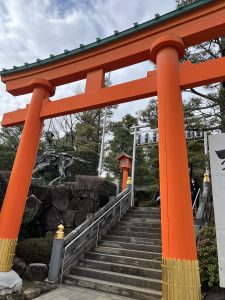
A torii essentially says, “From here on, you’re entering divine ground.” Shinto shrines are places where the human world and the spiritual world meet — and the torii stands as the marker of that threshold.
As such, there are a few simple manners to follow when passing through. It’s customary to pause and bow slightly before walking through the torii. While this has long been part of traditional etiquette, I feel that it has only become common among everyday people relatively recently.
About 20 years ago, I rarely saw anyone doing it. The first time I witnessed it was at Iwashimizu Hachimangū in Kyoto. A Shinto priest bowed gracefully before passing through the torii, and I found the gesture beautiful. Hachiman is a deity associated with warriors, so I figured perhaps the sense of decorum was especially strong.
After that, I began to see more ordinary people bowing as well — and I naturally started doing it myself.
I encourage you to give it a try. Pausing for a moment and bowing before the gate helps you recognize the presence of the divine.
Another custom is to avoid walking in the center of the path beneath the torii. That space is considered the passageway for the gods, so walking on either side is more respectful.
If you want to follow even more detailed customs, you might start with your **left foot** when entering, or walk along the **left side** of the path. But don’t worry too much — the most important thing is your heart.
At busy shrines packed with tourists, things can feel a bit chaotic. Still, in moments like that, I quietly bow, step through with my left foot, and walk to the left, all while secretly thinking, “Everyone, this is how it’s done!”
You may also notice there isn’t just one torii gate — there are often several leading up to the main hall. Why? Because each torii represents a deeper level of sacredness. As you pass through each one, you’re symbolically moving closer to the spiritual center. You are also cleansing yourself, step by step, shedding the impurities of the everyday world.
Passing through torii gates, between guardian lion-dogs (*komainu*), washing your hands and mouth at the purification fountain — each of these acts helps prepare you to approach the deity with a purified heart.
And when you finally reach the main hall, you may receive a ritual blessing, further purified by the waving of sacred paper (*gohei*), the sounds of bells and drums, and the chanting of *norito* prayers.
It all begins with a simple bow at the torii.
When you pass through the gate, take a moment to reflect on its meaning — and the quiet connection it offers to something greater.
—
☕️ If you enjoyed this reflection and want to support my writing, I’d love a coffee!
[Buy Me a Coffee ☕](https://www.buymeacoffee.com/kozue)
